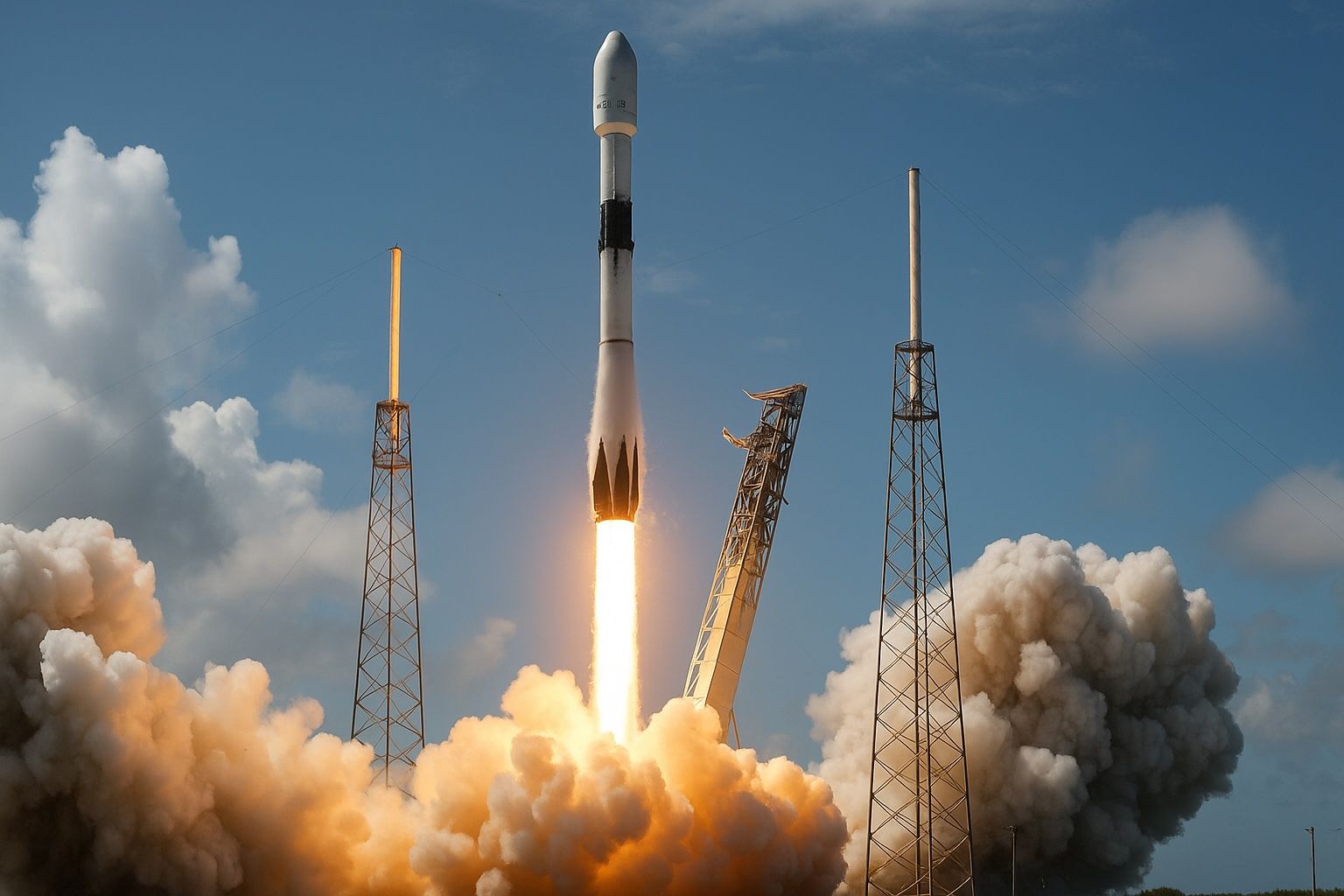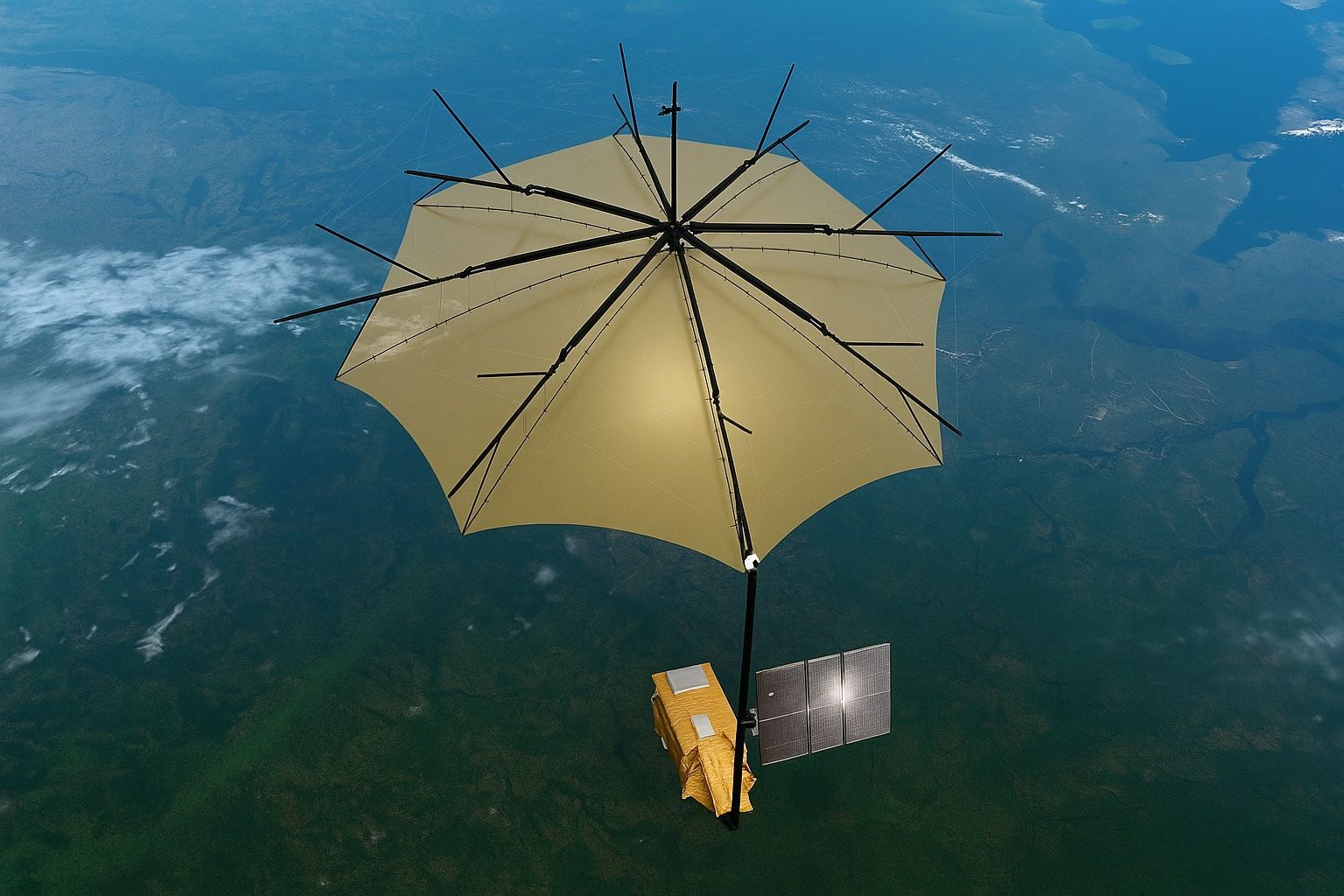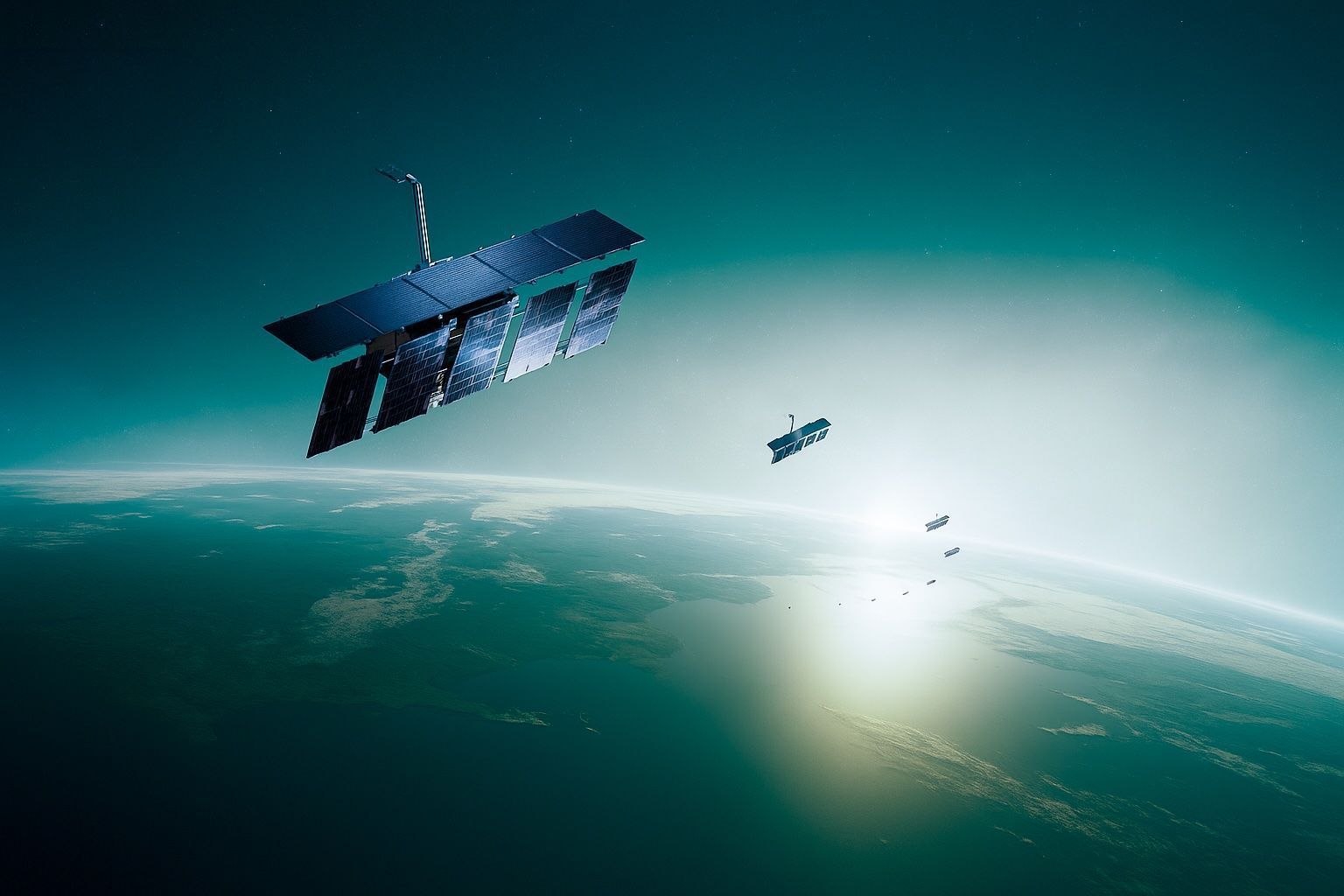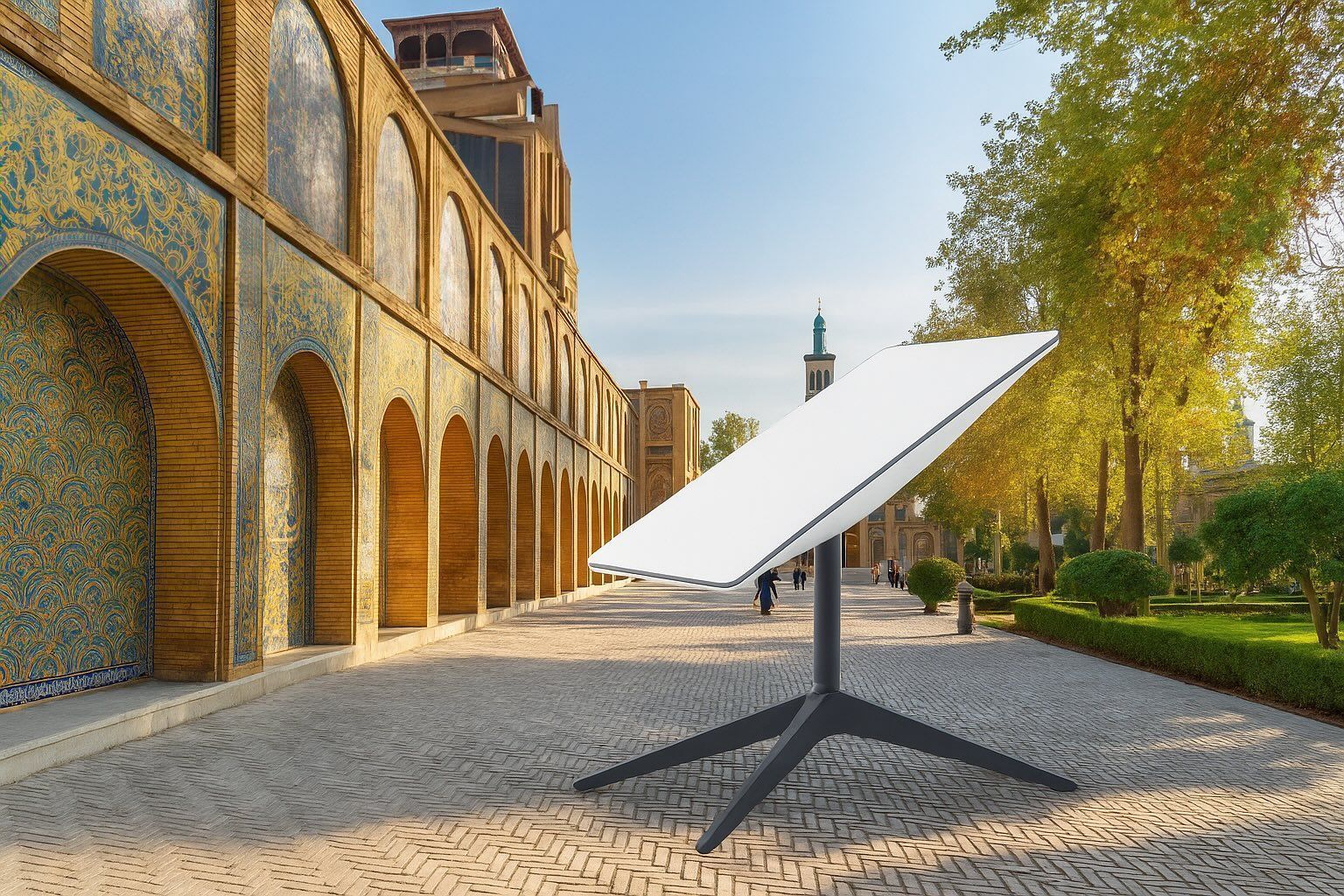
Sky‑Spectacle Alert: 15 U.S. States Could See the Northern Lights Tonight—Everything You Must Know Before You Look Up
The 24–25 June 2025 event is forecast to reach G1–G2 geomagnetic storming with a peak Kp of 5.67. NOAA SWPC’s 3‑Day Forecast issued on 24 June projects storming for 25–26 June. Up to 14–15 states could see auroras, from Alaska and Washington to New York and South Dakota. A large equatorial coronal hole rotated into the Earth-facing solar disk on 22–23 June, driving a 500 km/s solar wind. This fast solar wind is expected to reach Earth about 2–3 days later, triggering G1–G2 storming. Aurora Viewline maps place the southern visibility limit through northern Oregon, Idaho, South Dakota, Wisconsin, Michigan,










